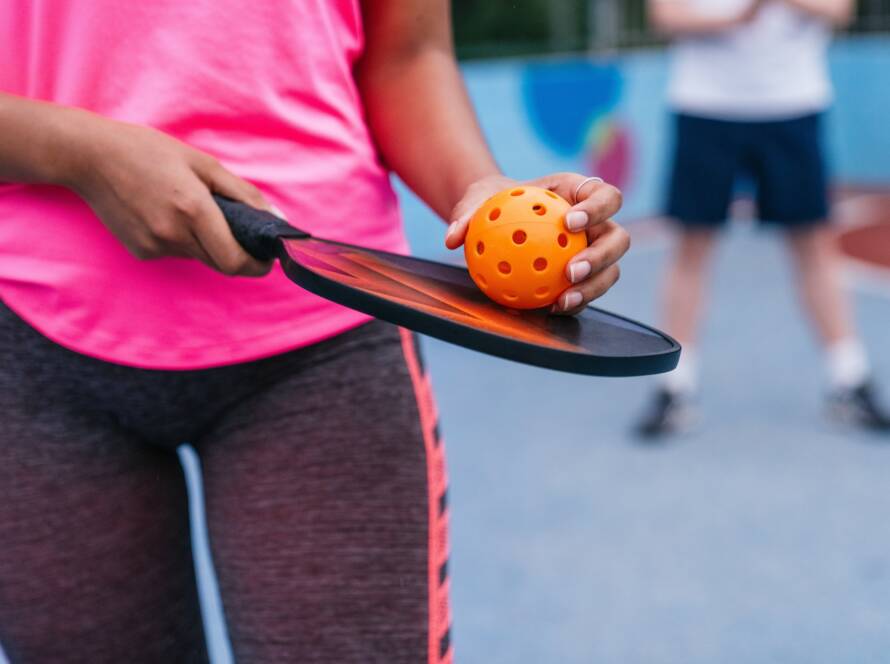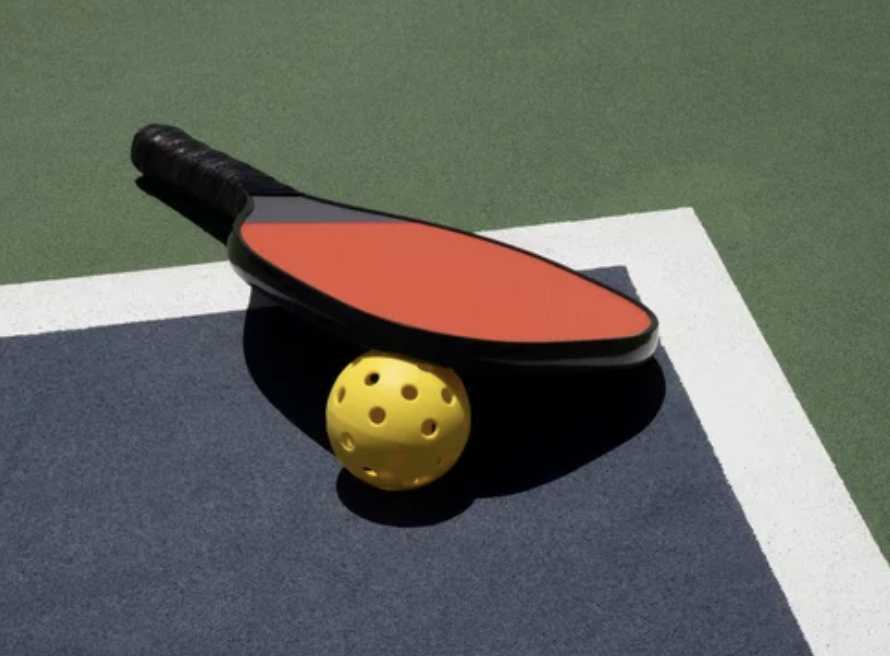Are you struggling to master that elusive two-handed pickleball backhand that pros like Anna Leigh Waters make look so effortless? While the traditional one-handed backhand has long been a staple in pickleball, the “twoey” is rapidly emerging as a game-changing shot that can dramatically improve both your defensive capabilities and attacking prowess. Whether you’re battling inconsistency at the kitchen line or seeking that extra power for drive returns, learning how to swing in two-handed pickleball backhand could be the missing piece in your gameplay arsenal. In this comprehensive guide, we’ll break down this increasingly popular technique into digestible steps, drawing from pro insights and proven strategies to help you develop a reliable, powerful two-handed backhand that will elevate your pickleball game to the next level.
The Two-Handed Pickleball Backhand: A Complete Guide
The two-handed backhand, affectionately known as “the twoey,” has become an essential weapon in modern pickleball. This powerful shot offers increased stability, control, and offensive capabilities when executed properly.
Understanding the Two-Handed Backhand
The two-handed backhand involves using both hands on the paddle throughout the stroke, similar to a tennis two-handed backhand. Top players like Anna Leigh Waters and Ben Johns have demonstrated its effectiveness at the highest levels of competition.
Key advantages include:
– Enhanced stability and control
– Increased power potential
– Better handling of high balls
– Improved defensive capabilities
– More deceptive shot options
When to Use the Two-Handed Backhand
Optimal situations for employing the two-handed backhand include:
– Driving the ball from the baseline
– Returning serves
– Executing aggressive dinks
– Defending against power shots
– Handling high balls behind your body
Proper Grip and Stance Setup
Hand Positioning
1. Dominant hand: Use a continental or eastern backhand grip at the bottom of the handle
2. Non-dominant hand: Place above the dominant hand, providing control and power
3. Both hands: Maintain relaxed but firm pressure throughout the stroke
Stance Fundamentals
– Start in an athletic ready position
– Keep knees slightly bent
– Position feet shoulder-width apart
– Use closed stance for maximum rotation
– Maintain balance throughout the stroke
Executing the Perfect Two-Handed Backhand
Step 1: Preparation
– Turn shoulders early
– Take paddle back in a compact motion
– Keep eyes focused on the ball
– Maintain balanced weight distribution
Step 2: The Swing
1. Initiate with lower body rotation
2. Lead with the non-dominant hand
3. Keep the paddle face stable
4. Contact the ball in front of your body
5. Follow through toward the target
Step 3: Follow-Through
– Continue rotation through contact
– Maintain paddle head above hands
– Complete the swing naturally
– Return quickly to ready position
Common Mistakes to Avoid
1. Hitting too close to the body
2. Over-relying on arm strength
3. Improper weight transfer
4. Incomplete follow-through
5. Incorrect grip pressure
Practice Drills and Progression
Basic Drills
1. Shadow swings without ball
2. Wall hits focusing on technique
3. Partner feeds with stationary player
4. Moving feeds with footwork
5. Game-situation practice
Advanced Practice
– Cross-court consistency drills
– Down-the-line accuracy work
– Transition point exercises
– Mixed spin and pace drills
Advanced Techniques and Variations
Once you’ve mastered the basics, explore:
– Topspin variations
– Slice options
– Block returns
– Transition shots
– Defensive techniques
Want to perfect your two-handed backhand? Visit Pickleball Athletic Club for professional instruction and practice opportunities. Contact us to schedule a session with our experienced coaches.


